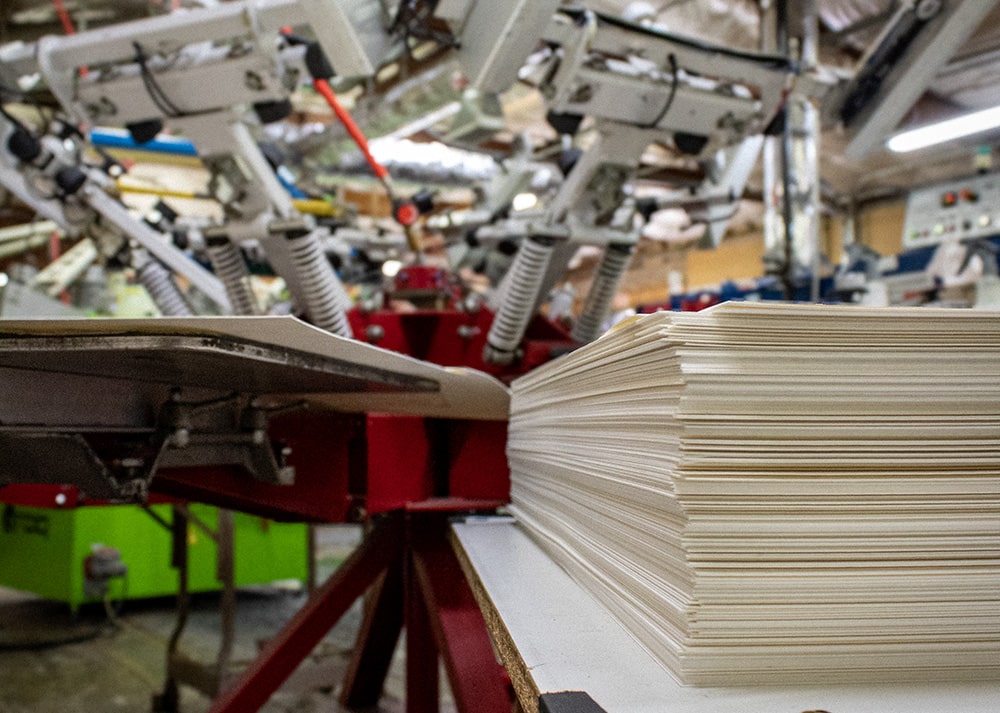How Trump-Era Tariffs Could Impact U.S. Apparel Printing Shops
In the world of custom apparel, small printing shops are the backbone of creativity and local business. But when federal trade policy shifts—especially through tariffs on imports—it can ripple through even the smallest T-shirt printer in America. With the potential return of Trump-era tariffs or similar policies, apparel printing businesses might find themselves navigating a challenging economic landscape.
Rising Costs of Blank Apparel
A significant portion of blank apparel—like T-shirts, hoodies, and hats—used by print shops is manufactured overseas. Countries such as China, Bangladesh, Honduras, and Vietnam are major sources. Tariffs on textiles or finished garments from these countries could drive up wholesale costs for U.S. printers, reducing profit margins or forcing them to pass the costs on to customers.
Supply Chain Disruptions
Tariffs often lead to supply chain adjustments. If suppliers move production to avoid taxed countries, short-term disruptions are common. Apparel printers relying on consistent inventory could face delays, limited stock, or sudden changes in product quality and availability.
Increased Equipment and Ink Prices
It’s not just shirts that are imported—many screen printing machines, DTG (direct-to-garment) printers, and even specialty inks come from abroad. Tariffs on industrial equipment or raw materials can raise operational costs, especially for smaller shops that don’t have large purchasing power or inventory reserves.
Strategic Shifts in Sourcing
In response to tariffs, some print shops may pivot to domestic suppliers. While this can reduce dependency on foreign goods and appeal to "Made in USA" marketing trends, domestic blanks are often more expensive. For budget-conscious customers, especially in large runs, this may be a sticking point.
Adaptation and Resilience
Many print shops have already become more agile following the pandemic and related supply chain shocks. Businesses may bulk-order inventory in advance, diversify suppliers, or lean more into automation to counterbalance higher material costs. Those who adapt quickly could even gain market share as others struggle to adjust.
While tariffs are designed to strengthen domestic industries, they often introduce complex challenges for small and medium-sized businesses—including apparel printers. Staying informed, planning ahead, and building flexibility into operations will be key for print shops navigating any future trade policy shifts.











